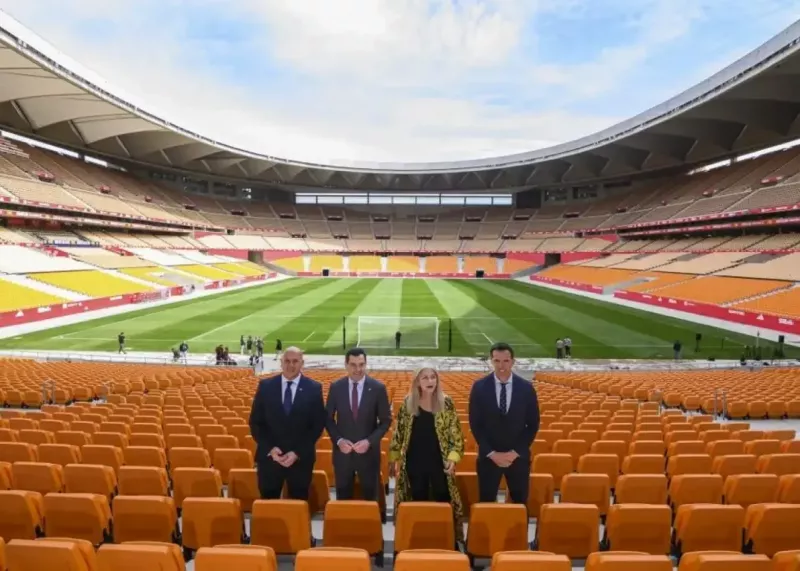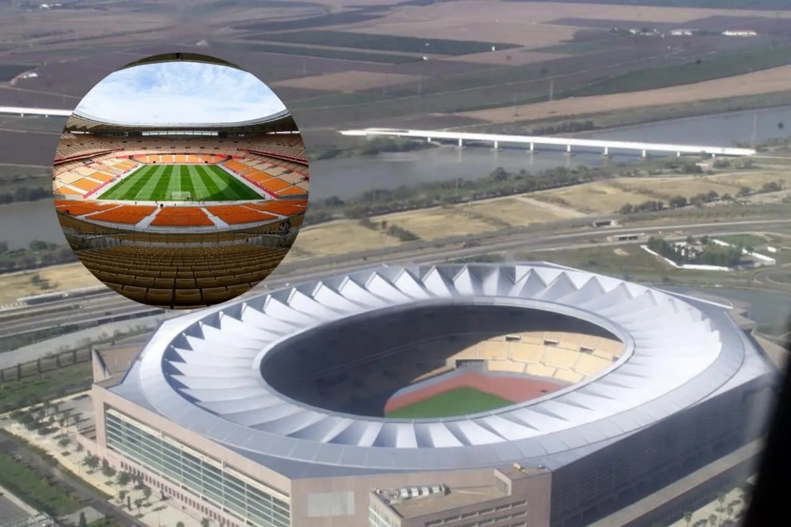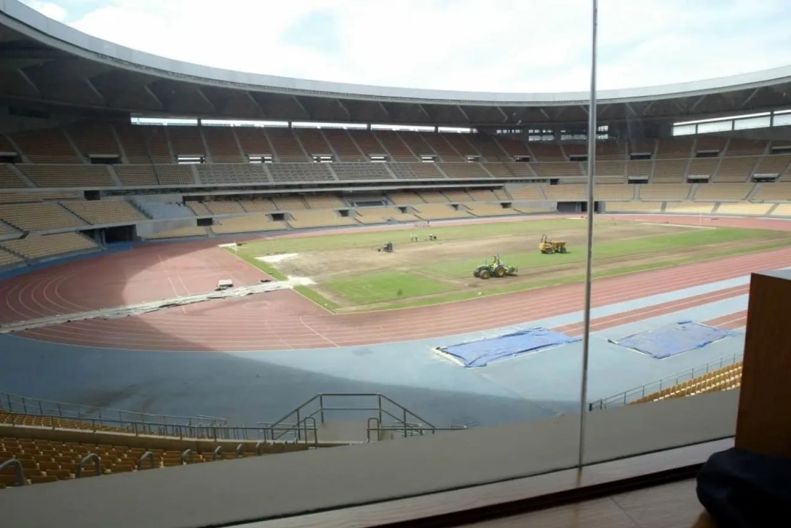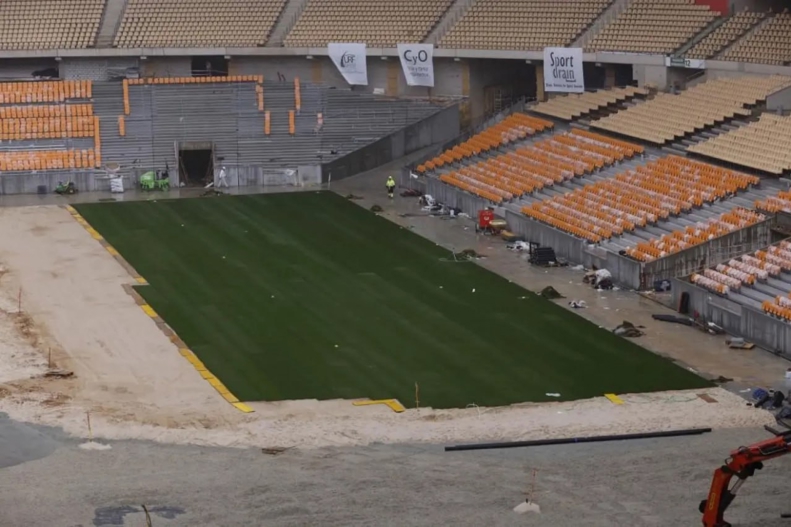The Forgotten Stadium Hosting the World’s Biggest Game
From Olympics to El Clásico: The Strange Tale of La Cartuja
La Cartuja, the stadium that will host tonight’s Copa del Rey final between Real Madrid and Barcelona, has a strange and fascinating history.

Along the Guadalquivir River stands a stadium that will capture the world’s attention tonight: La Cartuja in Seville. Built to host the Olympics, the stadium was forgotten for years, practically turning into ruins before shining again at football’s highest level.
La Cartuja opened on May 5, 1999, with its first match being a friendly between Spain and Croatia. Seville had invested heavily in the stadium, hoping to present it as a trump card to the International Olympic Committee for hosting the 2004 or 2008 Olympics.
Although Seville didn’t achieve this goal, it secured the 1999 World Athletics Championships. Many expected La Cartuja, built with modern facilities, to become the new home for local clubs Sevilla or Betis, but this never happened.

Despite hosting important matches in later years, La Cartuja gradually became a stadium that only saw occasional games.
La Cartuja hosted the Copa del Rey final in 1999 and 2001, and again in 2020 and 2024. It also hosted the 2003 UEFA Cup final and was nominated as a venue for Euro 2020.
With a capacity of 70,000, La Cartuja is Spain’s third-largest stadium after Camp Nou and Santiago Bernabéu. Perhaps this is why no club wants it as their permanent home.


The stadium suffered a major blow in 2018 when structural issues with the roof led to declarations that it should no longer host matches. Some local officials even suggested demolishing it.
Everything changed in 2019. With help from the Seville city council and Andalusia’s regional government, major renovations began. The athletics track was removed, and after modernization, the stadium’s capacity increased. Now, this revamped stadium is hosting the Copa del Rey final, and Spain has proposed it as a potential venue for the 2030 World Cup.